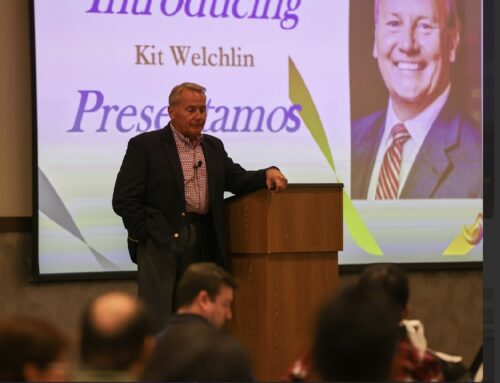Sometimes it seems hard to get a mentor leadership program off the ground.
It is ideal if your organization creates a clear strategy for mentor leadership opportunities. A thoughtful framework helps determine the guiding principles, clarifies reasons for the program, helps define the objectives, and create a plan for implementation.
The organization must be clear about the purpose of the mentor leadership program. Short-term and long-term goals need to be discussed. Given the scope of the program, it is important to determine who and how many mentors and mentees will need to be recruited.
It is wise to consider the characteristics for selecting both mentors and mentees.
If we are trying to develop new leaders, then we need to pair seasoned leaders with mentees. If we are seeking retention, we need to pair charismatic, or naturally social leaders, with mentees.
It is important to provide skill building training for both mentors and mentees. All of the soft skills become critical, including empowerment, listening, support, collaboration, and assertiveness.
The training should also consider how to assess strengths and weaknesses, how to identify developmental objectives, and how to discuss and clarify the roles and responsibilities of participants.
Take the time to train staff.
Make sure your organization doesn’t just jump into a mentor leadership program without giving these guidelines some serious consideration.
The key to mentor leadership is to take it seriously. Our members, coworkers, and younger employees need us to provide a thoughtful framework that guarantees success for all.
Check back to welchlin.com every Monday for a new video blog.



